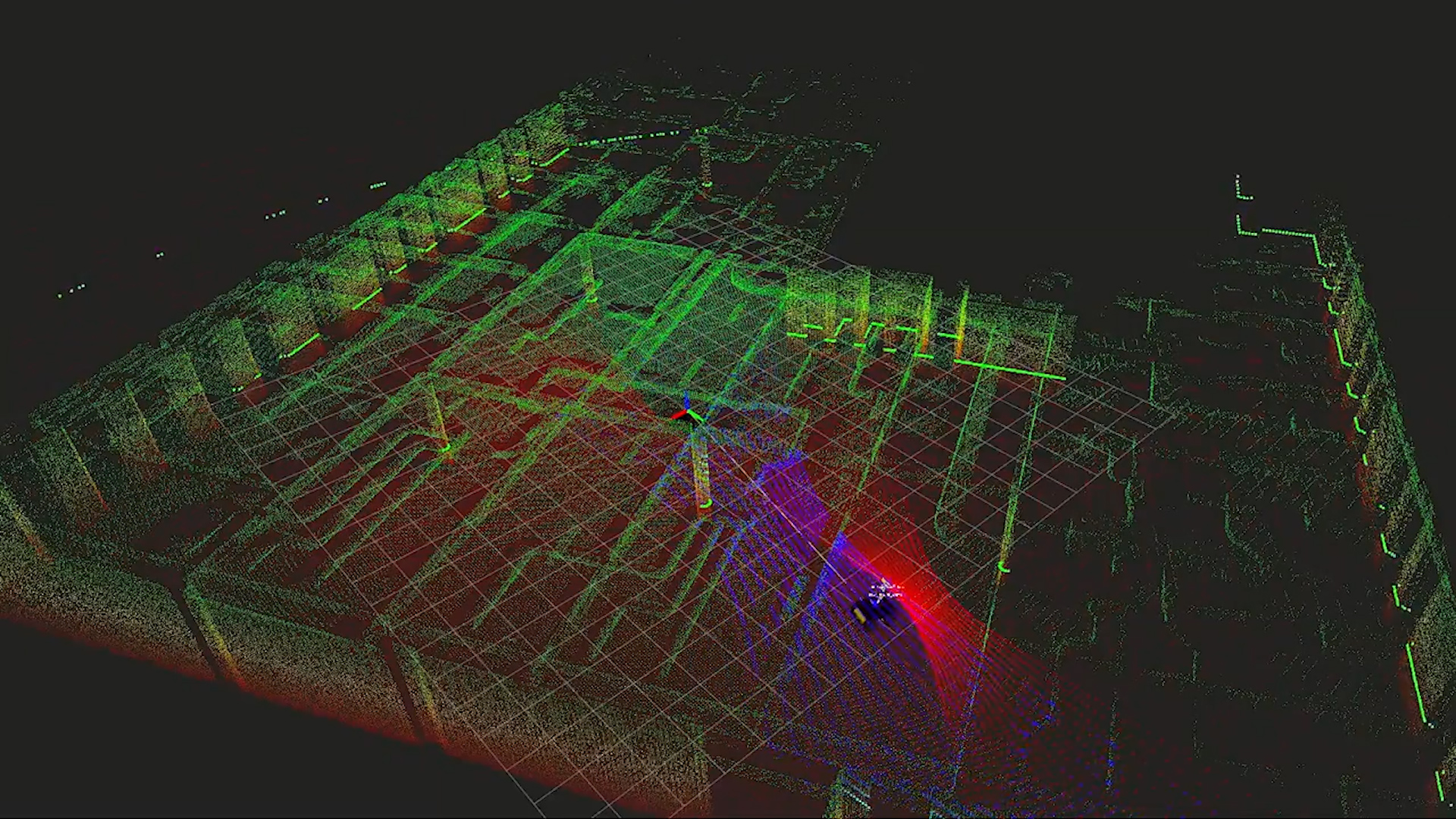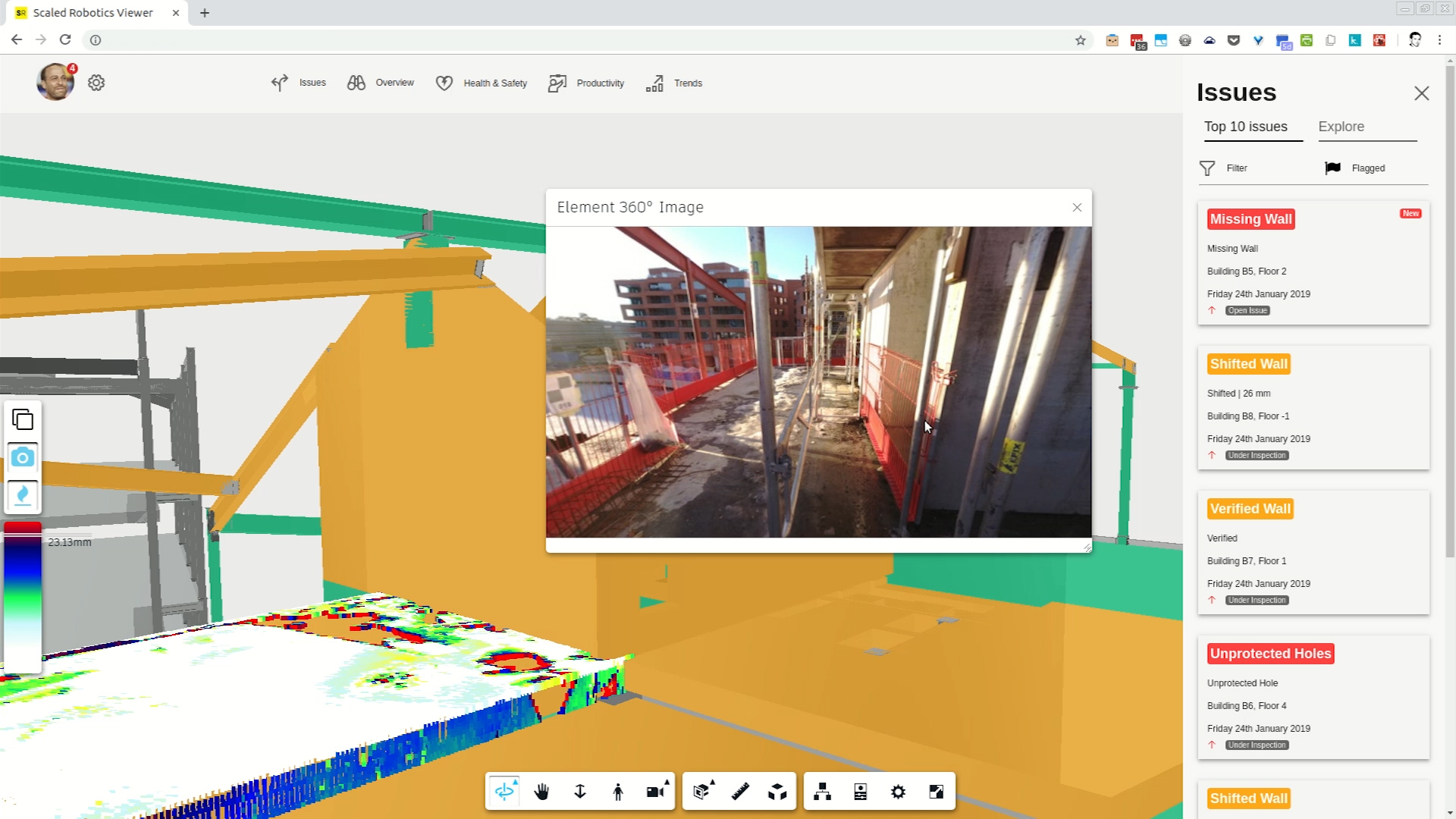I’ve been following Estonia-headquartered Jobbatical and its founder, Karoli Hindriks, for years. Part of the vanguard of startups working on infrastructure for digital nomads, the startup has been building the base platform to help global job seekers hire and fire their governments.
As Jobbatical has worked with more and more companies and governments though, it has learned that the friction here is not just finding employment globally for talented individuals, but rather the actual process of applying for immigration and work permits, ranging from forms that must be filed in person to the hours of labor it can take to fill out an application.
“What started to happen was that the relocation part… became something that the clients came back to us and said, ‘Can you do relocation for everyone and not just those coming through Jobbatical?’” Hindriks explained.
Last year, Jobbatical began to refocus its platform on powering relocation for workers at companies, and now its new strategy is coming into focus with the launch of the company’s new offices in Spain and Germany, announced on stage earlier today at TechCrunch Disrupt Berlin.
In the process, the company hopes to not just make the immigration process easier — but also much faster.
“How much time are government officials doing dummy work?” Hindriks asked. “30-40% of the consulate’s time is spent on answering the question of ‘what is the status of my visa?’”
The problem is that feedback in the immigration system is not available to all the players involved. Immigration process agents at companies who handle their workers’ visas have to constantly search around to make sure they are moving each of their cases forward. Managers have no idea when their workers may move, while employees are kept in the dark about their current status, inducing anxiety.
Hindriks’ vision is to help each of these three sides use a “TurboTax for immigration” to streamline the process. Jobbatical now can handle immigration applications in Estonia, Germany, and Spain and hopes to add Finland early next year.
But the more ambitious vision is ultimately to help governments drive their processes faster. Similar to how, say, the U.S. tax agency the Internal Revenue Service offers eFiling, Hindriks sees a future where Jobbatical can help facilitate immigration filings and massively speed up the efficiency of governments around these processes by allowing workers to directly submit applications to the government. She is working with two countries today to create exactly these sorts of digital submission systems.
It’s a space that has heated up in recent years as immigration continues to flow across the world. Boundless, for instance, helps individuals apply for U.S. green cards. Jobbatical is focused on the B2B market, focused on companies with global workforces.
Despite the deep debate in many countries over immigration, the reality is that every country has skills deficits that can be helped with smart and efficient immigration. Jobbatical is one company that may make the system more fair and relaxing for stressed workers looking to build their international careers.



 The data is assembled automatically but the robot can be either autonomous or manually controlled — in developing it, they’ve brought the weight down from about 70 kilograms to 20, meaning it can be carried easily from floor to floor if necessary (or take the elevator); and simple joystick controls mean anyone can drive it.
The data is assembled automatically but the robot can be either autonomous or manually controlled — in developing it, they’ve brought the weight down from about 70 kilograms to 20, meaning it can be carried easily from floor to floor if necessary (or take the elevator); and simple joystick controls mean anyone can drive it.




